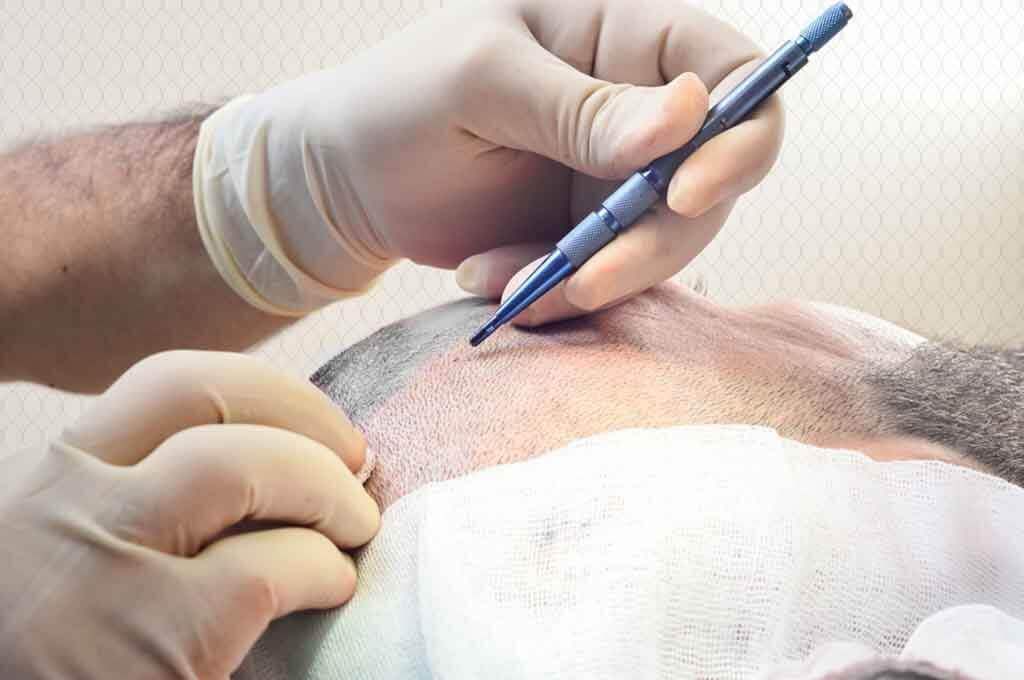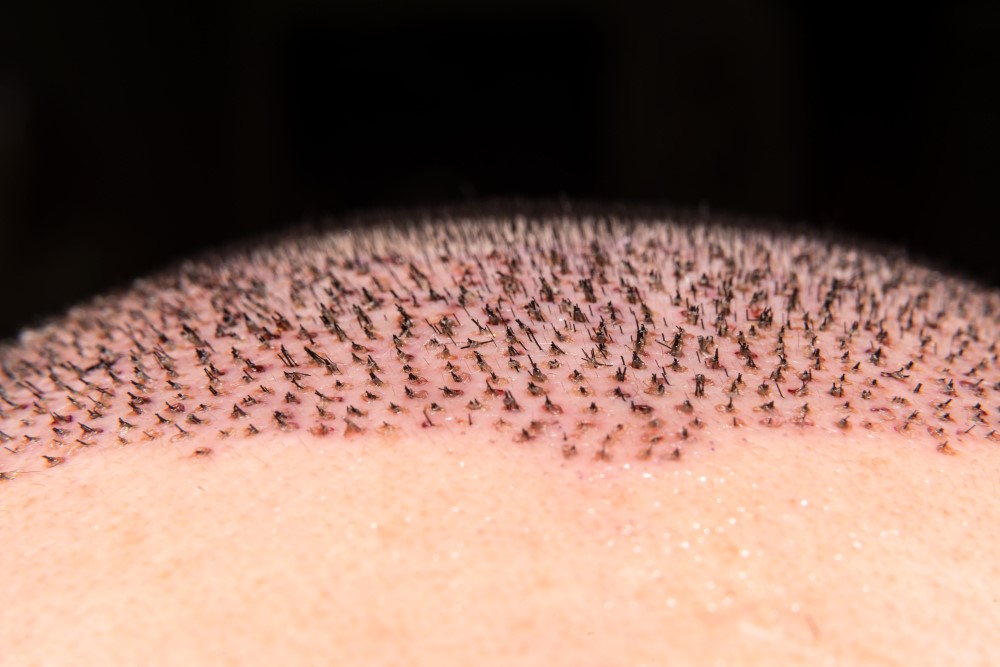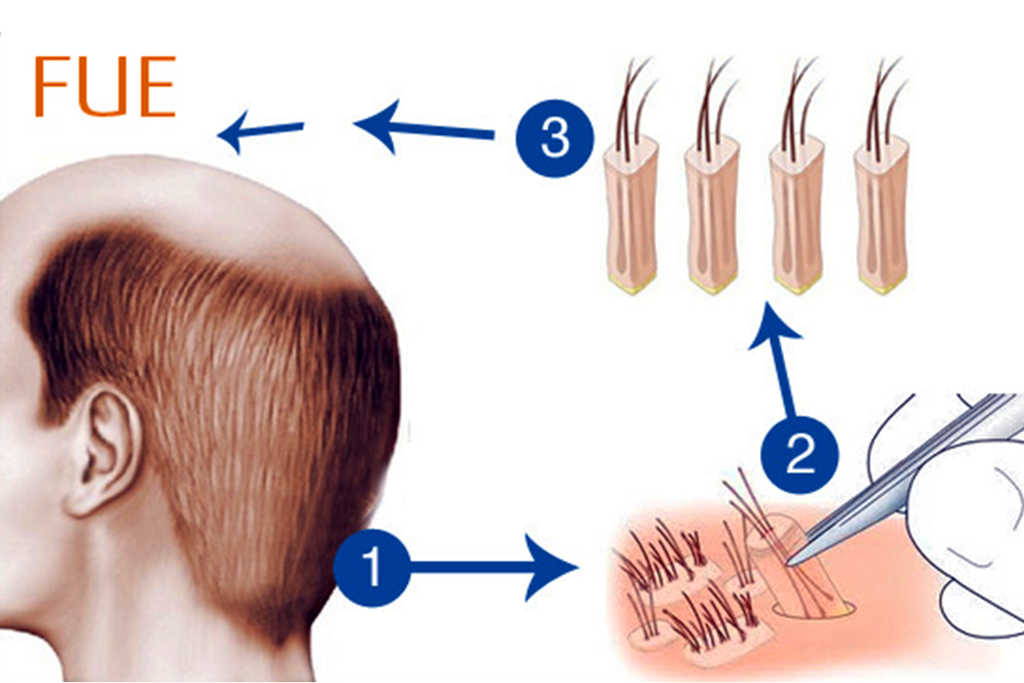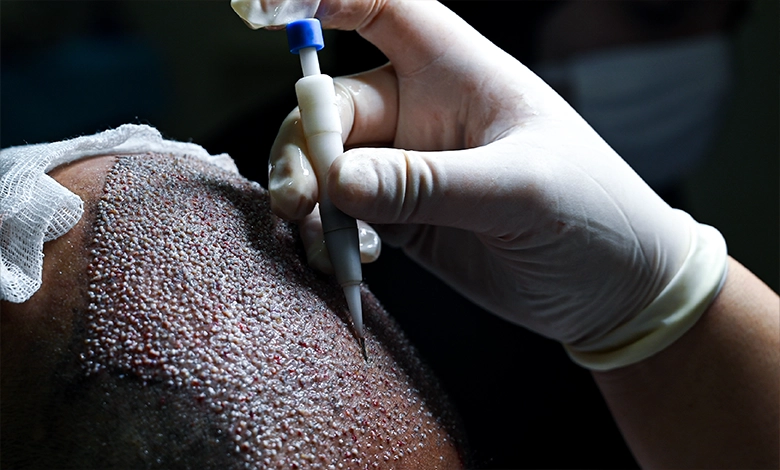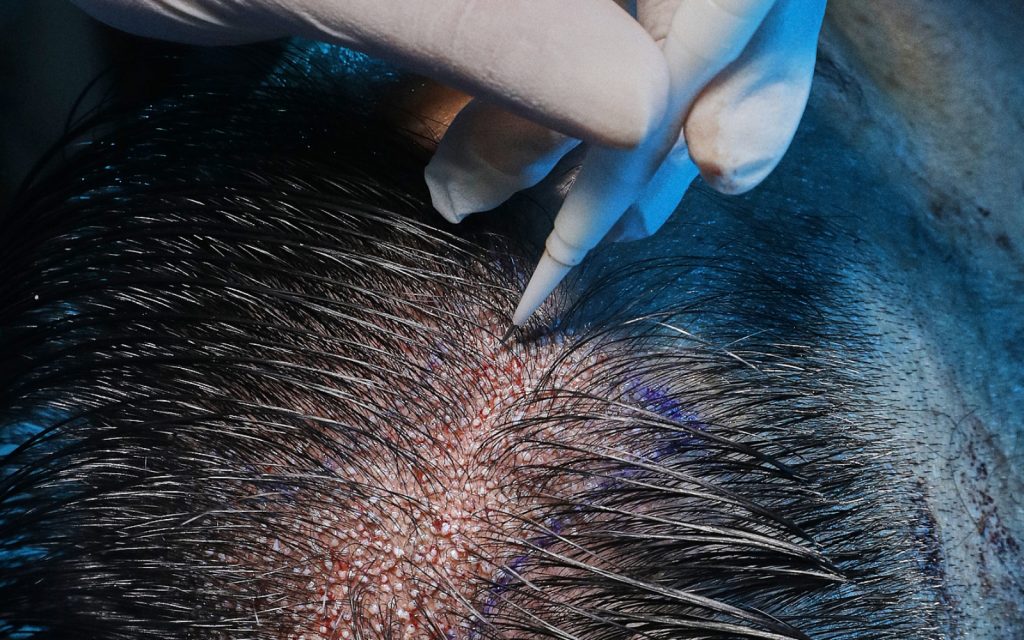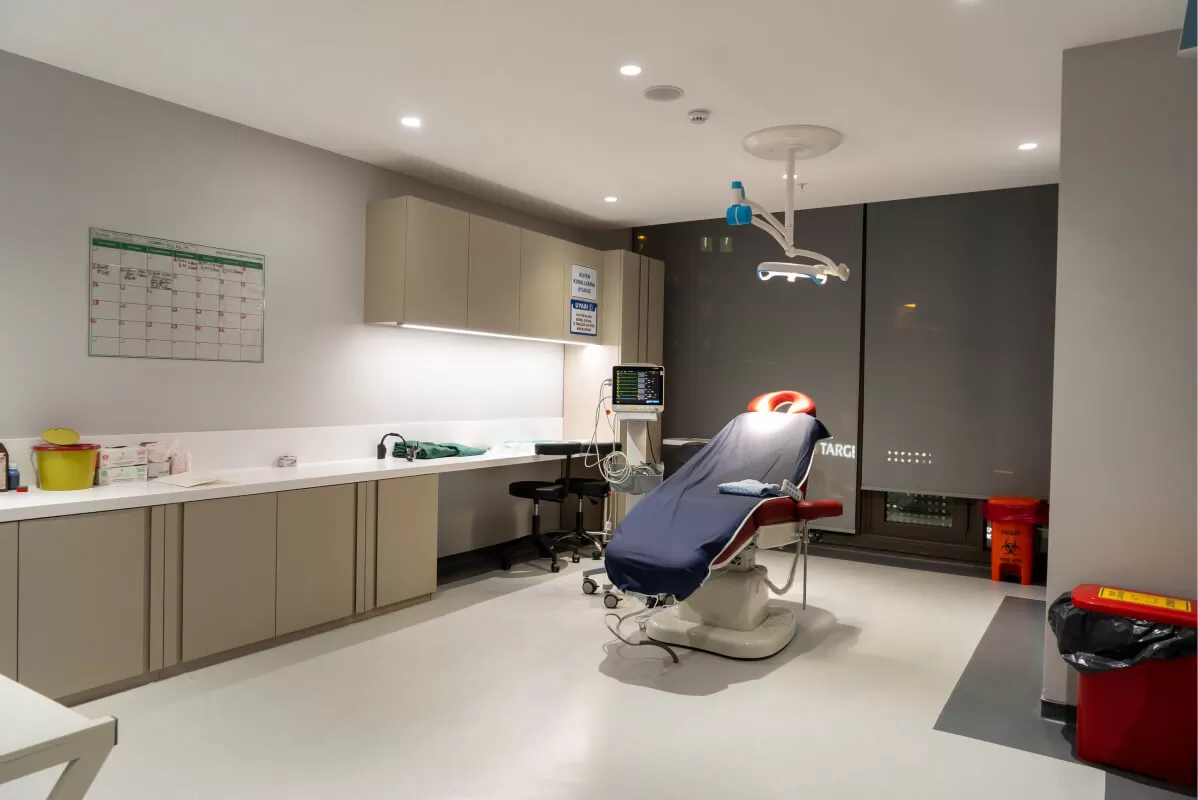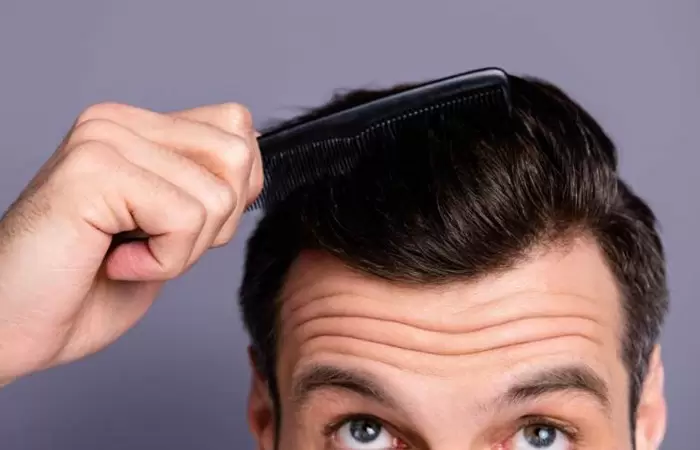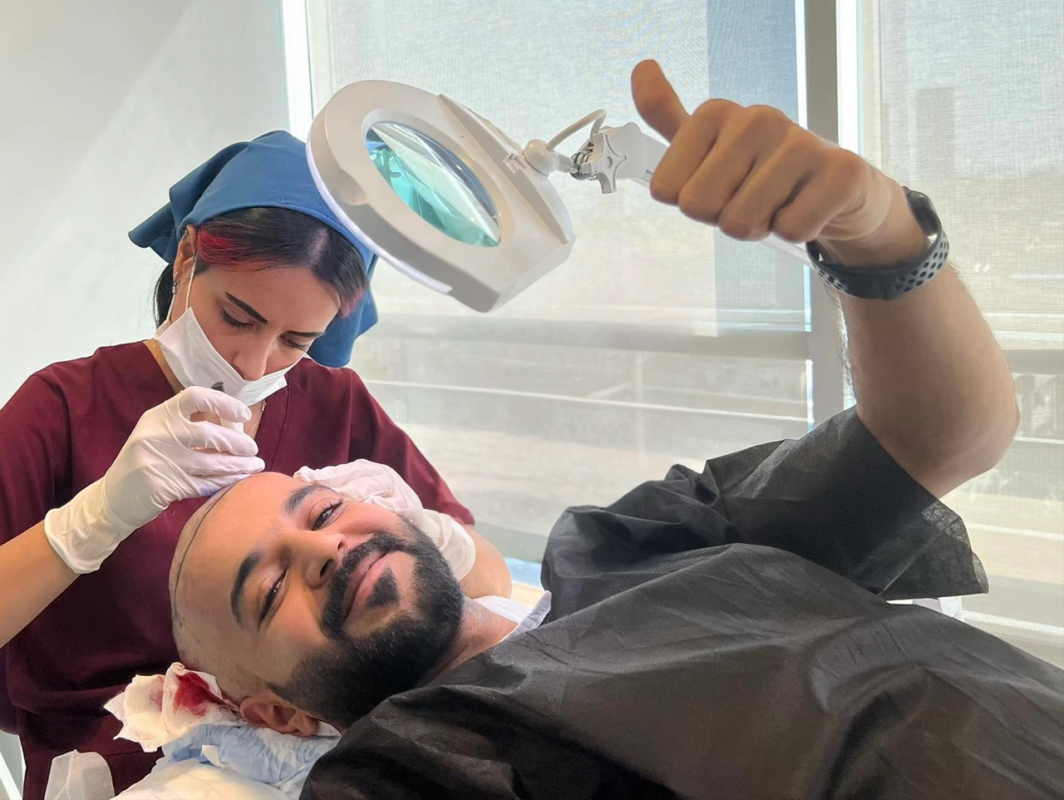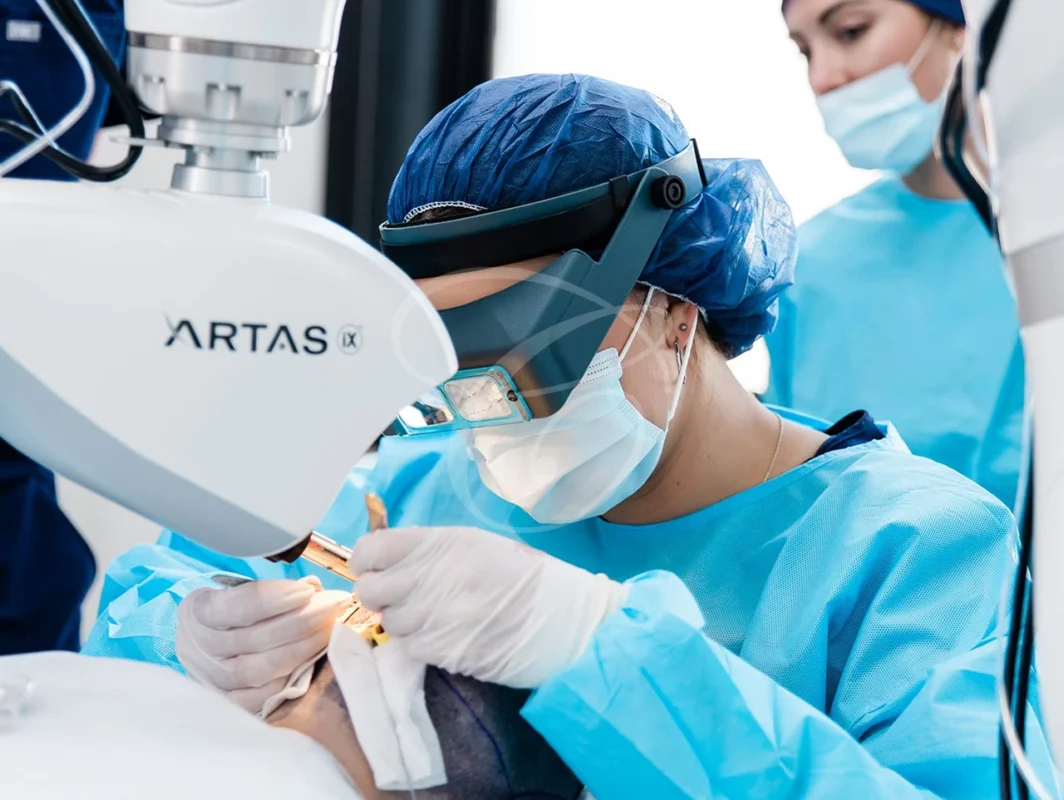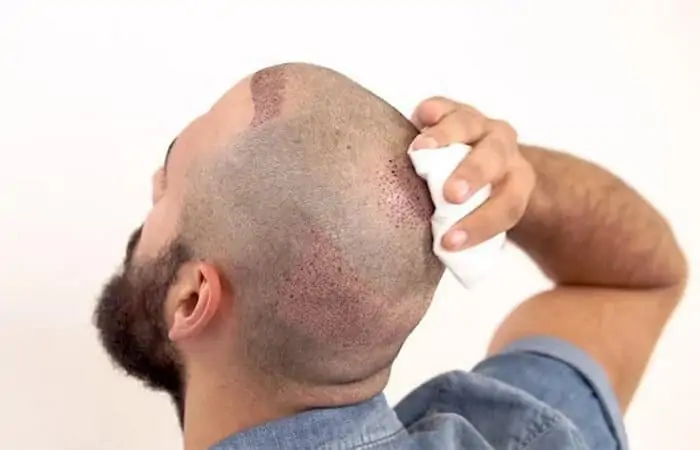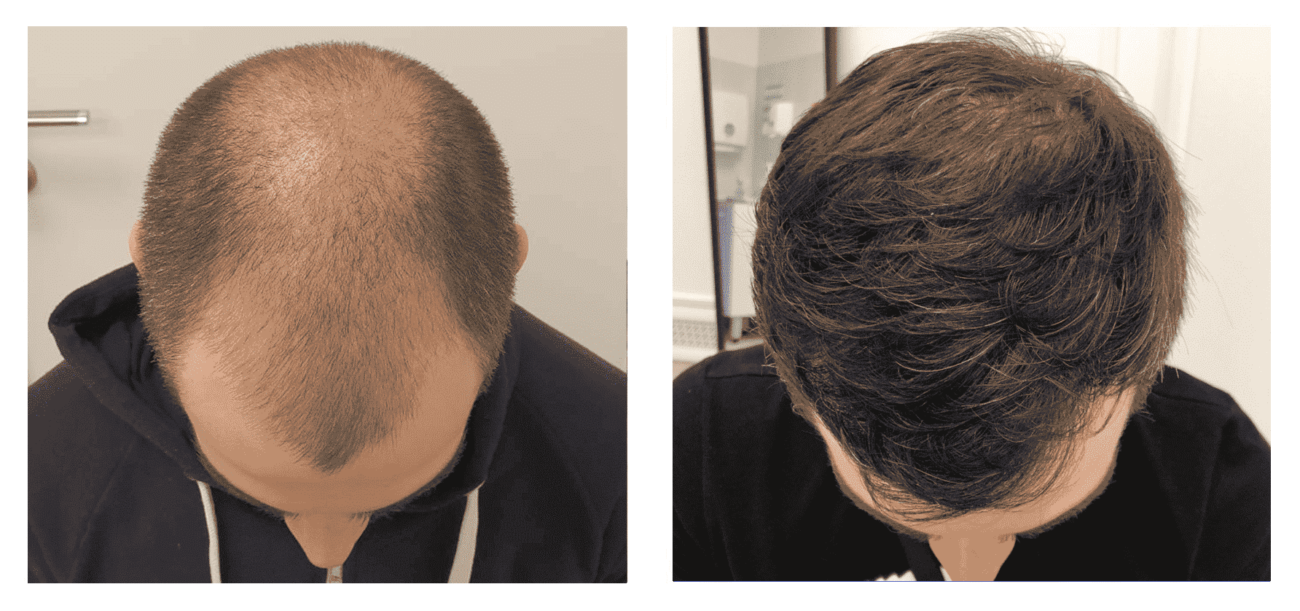Painless Hair Transplant
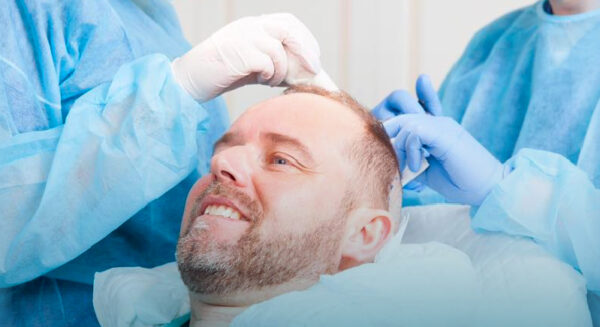
In the world of beauty and hair care, modern techniques have emerged that focus on providing a painless, comfortable, and smooth hair transplant experience. Obtaining thick and healthy hair no longer requires suffering or a long recovery period; advanced techniques such as the Direct Hair Extraction (DHI) technique and the Sapphire FUE technique aim to minimize pain while achieving natural and ideal results.
Is hair transplantation painful?
Many people wonder if hair transplantation is painful. In the past, these operations were accompanied by great pain, but with the development of modern technologies, we can now offer painless hair transplantation. Today, advanced anesthesia techniques are used, whether with traditional needles or without needles, which greatly contributes to reducing pain and preventing itching after the operation, ensuring a comfortable experience for patients and satisfactory results.
The role of anesthesia in painless hair transplant operations:
Anesthesia plays a crucial role in making hair transplantation procedures painless for the patient. When performing hair transplantation, doctors use advanced anesthesia techniques to locally numb the scalp, preventing any pain during the procedure. There are two main types of anesthesia used:
- Local anesthesia with needles: The targeted scalp area is injected with a needle containing a local anesthetic, which completely numbs the area and makes it unable to feel pain for the duration of the procedure.
- Anesthesia without needles: This method involves the use of modern techniques such as the “pressure anesthesia device” that distributes the anesthetic in the scalp without the need for needles, which reduces any feeling of discomfort or fear of injections. It is worth noting that the tool used has a small opening with a diameter of 0.15 mm that quickly introduces the liquid substance into the skin and then the substance is absorbed by the skin itself.
Thanks to these techniques, it has become possible to perform hair transplantation almost painlessly, allowing patients to obtain the desired results easily and comfortably, and reducing the anxiety and stress associated with the procedure.
Factors that help you get a painless hair transplant:
There are several basic factors that must be present to have a great Painless Hair Transplant ,includes:
- Use of a precision motor at limited speeds: During the process of extracting hair follicles from the donor area, a small motor is used that operates at specific speeds to improve precision and minimize any potential damage to the tissue, which helps reduce pain during the procedure.
- Advanced cylindrical needles: The motor used in hair transplantation depends on small cylindrical needles made of lightweight metal materials, which help in performing the procedure accurately and reducing the feeling of pain.
- Using ruby blade instead of metal: A blade made of ruby stone is used when making the holes in the skin to implant the follicles, which reduces friction and tissue damage, thus limiting pain and potential infections and speeding up healing.
- Regular needle renewal: Making sure to replace needles periodically when they wear out due to repeated use helps maintain the accuracy of the procedure and reduces pain caused by worn tools.
- Change bandages regularly: The necessity of changing wound dressings regularly keeps the transplanted area clean and prevents infection or inflammation, which contributes to relieving pain and accelerating the healing process.
Pain after hair transplantation:
A common concern clients have when considering hair transplantation is the pain they will feel after the procedure. It is normal for some redness to appear on the scalp after the transplant, as this is part of the healing process, and the redness usually disappears within two weeks. Inflammation in the scalp also disappears after the follicles settle naturally.
During the procedure, doctors use local anesthesia to completely numb the scalp, which prevents any pain during the transplant. In general, most patients do not feel any noticeable pain or discomfort after three days of the hair transplant procedure, as the incisions have begun to heal, and it is limited to a slight feeling of discomfort without real pain.
It is important for the patient to be aware that if the pain or discomfort persists for more than a week, the doctor should be contacted immediately. Persistent pain may be a sign of infection or inflammation that requires immediate treatment. Some patients may also suffer from hypersensitivity to some medications or preparations used, so it is necessary to follow up with the doctor to ensure a complete recovery without complications.
Finally:
In conclusion, it can be said that pain after hair transplantation is normal and temporary, is often mild, and can be easily controlled with simple pain relievers and appropriate scalp care procedures. With modern and advanced techniques, hair transplantation procedures have become painless and more comfortable, providing patients with a positive experience and satisfactory results. It is important to follow the doctor's instructions carefully and monitor any abnormal signs to ensure that the healing process is going well. Suppose the transplanted area is properly cared for. In that case, pain and discomfort will disappear quickly, allowing the patient to enjoy the new results and regain their confidence in their appearance with a painless hair transplant.
Please enter your data correctly
We will contact you as soon as possible.


